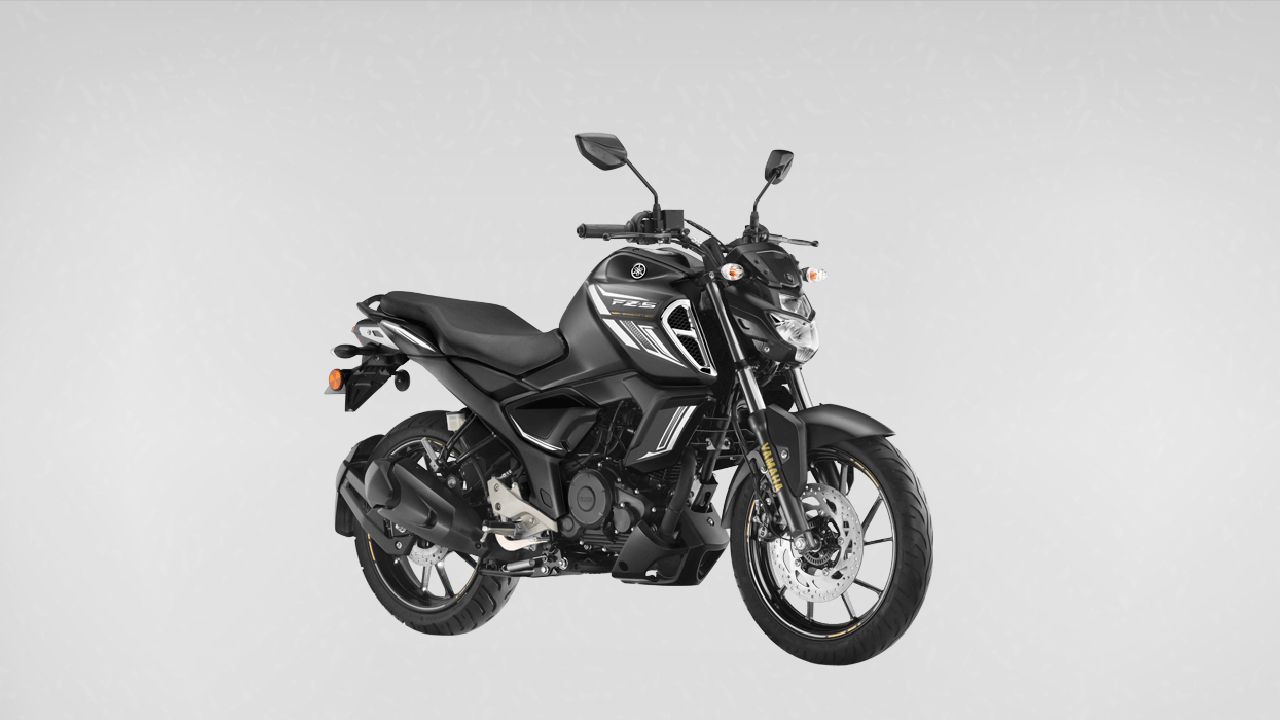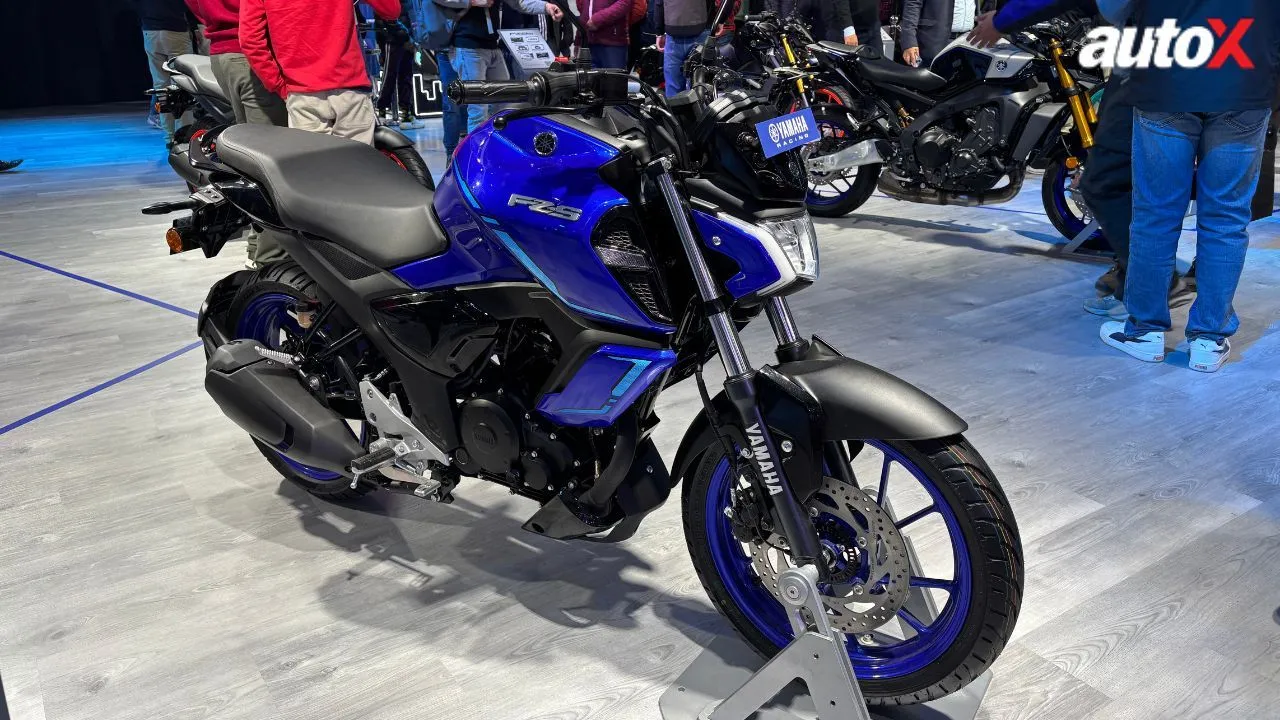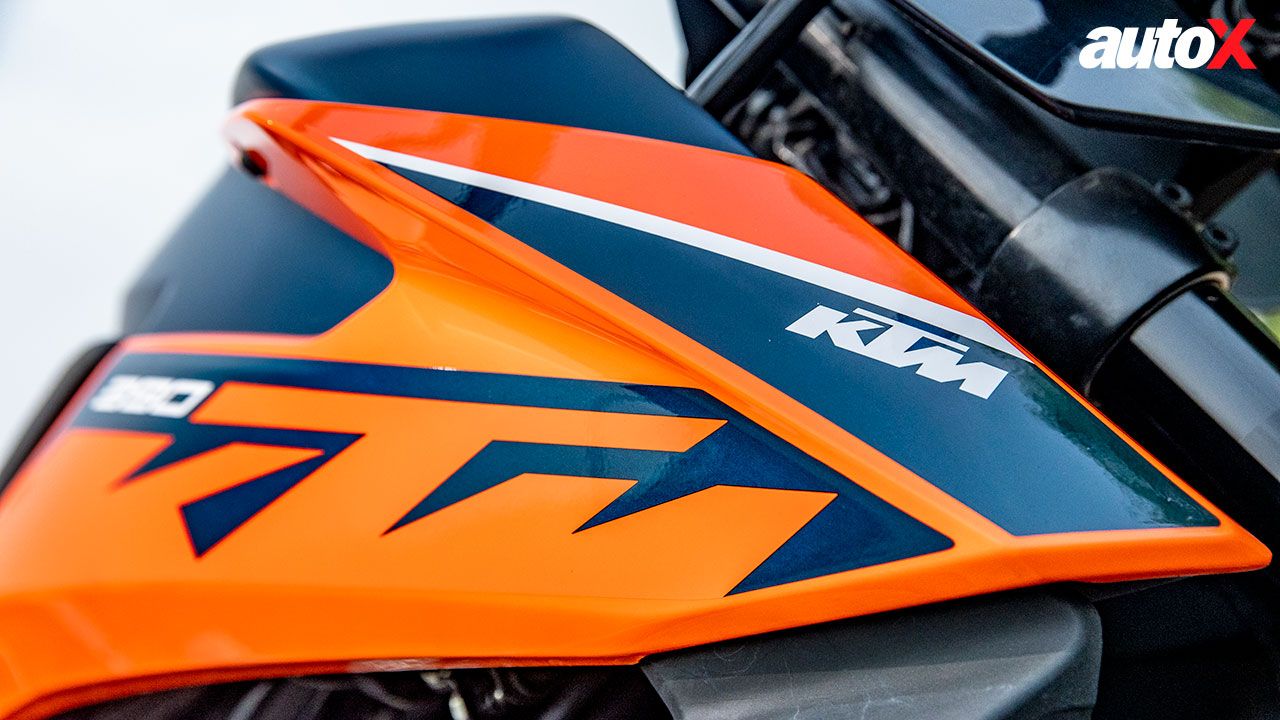Bajaj Pulsar N150 vs Yamaha FZ-S FI V3 Spec Comparison: Which One Should You Buy?
The Bajaj Pulsar N150 is priced at Rs 1.18 lakh (ex-showroom), which is about Rs 3,000 less costlier than the Yamaha FZ-S FI V3. We bring you an on-paper comparison of the Pulsar N150 with the FZ-S FI V3 based on, apart from the price, performance, features, displacement, and more.

The Bajaj Pulsar P150 gets replaced, and the one that replaces it is the all-new Bajaj Pulsar N150. Underpinned by the new Pulsar platform that debuted with the Pulsar 250s in 2021, the Pulsar N150 is available at a sticker price of Rs 1.18 lakh (ex-showroom). After the hugely successful Pulsar N160, Bajaj brought in the P150 as a replacement model for the Pulsar 150, however, the N160's smaller sibling had a tough start. Bajaj positioned the P150 between the new Pulsar N160 and the older Pulsar 150. Now, with the Pulsar P150 bike being discontinued, the same Pulsar platform has found its way to the new Pulsar N150. The new Pulsar from the Chakan-based manufacturer sits beneath the N160 in the firm's India lineup. The Pulsar N150 is a direct rival to the Yamaha FZ-S FI V3 in the 150cc segment. Read on to see how they stack up against each other in terms of the design, powertrain, specifications, and price.
Also Read: Hero Karizma XMR 210 vs Bajaj Pulsar RS200 Spec Comparison: Which is Better?
Bajaj Pulsar N150 vs. Yamaha FZ-S FI V3: Visual Differences
As the name suggests, the Bajaj Pulsar N150 takes styling cues from the Pulsar N160. The front fascia is shaped by an LED headlight setup comprising two LED DRLs and an LED projector. Then, you get a sculpted fuel tank with large extensions, a single-piece seat layout, floating body panels (front fairing, belly pan, and front fender), a sleek tail section, as well as a fatter rear tyre as compared to the P150.
In comparison to the N150, the Yamaha FZ-S F1 V3 features a more muscular and aggressive design. A two-level seat is claimed to provide a great fit and padding that complements an upright, relaxed riding position. The 3D emblem and chrome plating on select parts enhance the bike's premiumness. Other visual bits include an LED headlight with separate bulbs for high and low beams, sporty grab rails, an advanced midship muffler, lower engine fairing, a new subframe, a redesigned exhaust can, etc.

Bajaj Pulsar N150 vs. Yamaha FZ-S FI V3: Features
In addition to an LED headlight setup, the Pulsar N150 features a semi-digital instrument console with an LCD setup, complete with an anologue tachometer and a digital inset for the speedometer, odometer, and trip meter. A side-stand engine cut-off sensor and single-channel ABS make up the Pulsar N150's safety suite.
The Yamaha FZ-S FI V3, on the other hand, features a negative LCD instrument cluster panel that displays information like a speedometer, odometer, bar-style tachometer, fuel gauge, twin trip meters, gear position indicator, Eco indicator, and a clock. Also available is a side-stand cut-off sensor and Yamaha Connect X App with Bluetooth connectivity, allowing riders to access features, such as answer back, locate my bike, e-lock, parking record, riding history, and hazard light functions.
Bajaj Pulsar N150 vs. Yamaha FZ-S FI V3: Powertrain
In terms of the powertrain, the Pulsar N150 uses the very same engine as the P150. A 149.6cc, single-cylinder, air-cooled motor churning out 14.5bhp at 8,500rpm and 13.5Nm of peak torque at 6,000rpm powers the new Pulsar N150. This engine uses a 2-valve architecture and even features a kick-starter. Transmission duties are carried out by a five-speed gearbox.
Whereas, the Yamaha FZ-S FI V3 is not as punchy as the Pulsar P150. The bike from Yamaha stable is powered by a 149cc, single-cylinder, air-cooled engine good for 12.2bhp at 7,250rpm and 13.3Nm of peak torque at 5,500rpm. This unit is paired with a five-speed gearbox.
Bajaj Pulsar N150 vs. Yamaha FZ-S FI V3: Hardware
The Bajaj Pulsar N150 is suspended with the help of 31mm telescopic forks at the front and twin shocks at the rear, while the braking hardware consists of a 260mm front disc and a 330mm rear drum unit, accompanied by a single-channel anti-lock braking system. The bike rides on 17-inch alloy wheels wrapped in MRF 90/90 front and 120/70 rear tyres.
As for the Yamaha FZ-S FI V3, suspension duties are carried out by telescopic forks at the front and a seven-step adjustable monoshock at the back. For braking, you get a 282mm rotor at the front and a 220mm disc at the back, with single-channel ABS as standard. These are mounted on 17-inch alloy wheels at both ends.
Bajaj Pulsar N150 vs. Yamaha FZ-S FI V3: Price, Colour Options
Launched in one variant, Bajaj's new Pulsar N150 carries a price tag of Rs 1.18 lakh (ex-showroom). Customers have the choice of 3 colours – Racing Red, Metallic Pearl White, and Ebony Black.
Also Read: Yamaha R3 & MT-03 Showcased at MotoGP Bharat Ahead of India Launch in December
The third version of the Yamaha FZ-S FI comes in Dark Matte Blue, Matte Red, and Dark Knight colour schemes. It starts at Rs 1.21 lakh and goes up to Rs 1.22 lakh (ex-showroom).







.webp)





















Write your Comment on